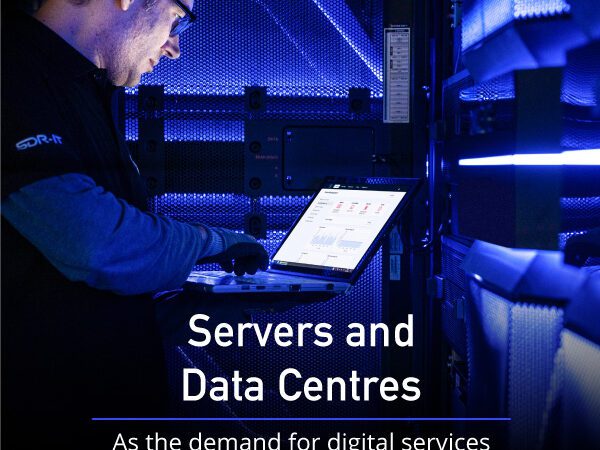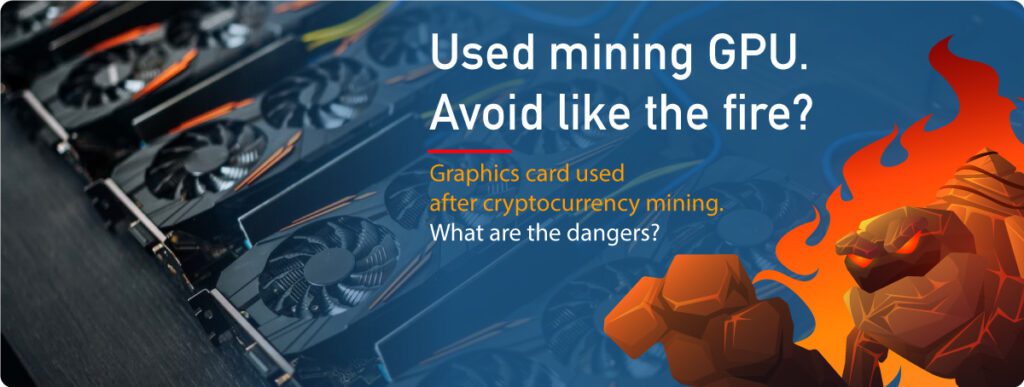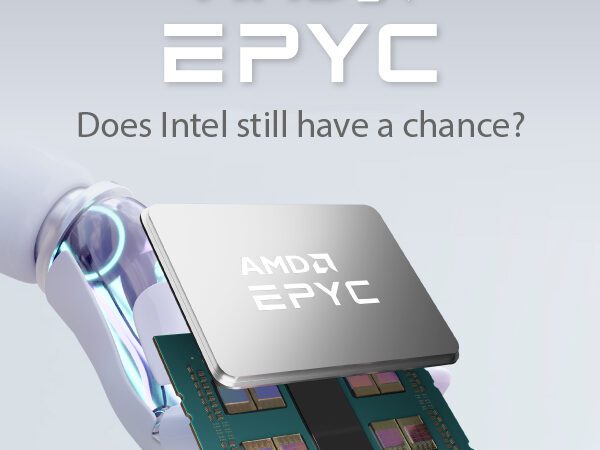

In recent years, SpaceX, the rocket company founded by billionaire entrepreneur Elon Musk, has hit the headlines with its ambitious plans to establish a satellite internet service called Starlink. Starlink aims to provide high-speed, low-delay internet access to users around the world, including in remote and rural areas where traditional internet infrastructure is unavailable or unreliable. In this article, we will provide an overview of Starlink and its potential impact on the internet industry.
What is Starlink?
Starlink is a satellite internet service developed by SpaceX to provide users around the world with access to high-speed, low-latency internet. The service is based on a network of thousands of small satellites that are launched into low Earth orbit, which is much closer to Earth than the traditional geostationary satellites used for internet communications. This proximity to the Earth allows for higher data transfer speeds and lower latency.


How does Starlink work?
The Starlink satellite network is designed to provide internet access to users on the ground through a network of user terminals, which are essentially small, flat devices the size of a pizza box that can be mounted on a roof or other location with a good view of the sky. The user terminals communicate with Starlink satellites to provide users with high-speed, low-latency internet access. The Starlink network is designed to be highly scalable, with plans to deploy thousands of additional satellites in the coming years. This will enable Starlink to provide internet access to more users, especially in remote and rural areas where traditional internet infrastructure is unavailable or unreliable.


What are the potential benefits of Starlink?
The potential benefits of Starlink are numerous, especially for users in remote and rural areas. With this technology, users can access high-speed, low-latency internet that is comparable to or better than traditional wired internet services. This can help bridge the digital divide, enabling more people to participate in the digital economy and access educational and healthcare resources. Starlink can also provide back-up internet services in places where traditional internet infrastructure is prone to failure or disruption, such as during natural disasters or other emergencies. This can help improve communication and coordination during a crisis, potentially saving lives and reducing damage.
What are the challenges and limitations of Starlink?
While Starlink has the potential to be a world-changing technology for the internet industry, it also faces several challenges and limitations. One of the biggest challenges is the cost of deploying and maintaining a satellite network, which is still quite high compared to traditional wired internet infrastructure. In addition, the Starlink network is still in the early stages of deployment and it remains to be seen how well it will perform in real-world conditions, especially in areas with inclement weather or other environmental conditions that could affect signal quality.


Summary
Starlink is a satellite internet service developed by SpaceX that aims to provide high-speed, low-latency internet access to users around the world, including those in remote and rural areas. Although the technology is still in the early stages of deployment and faces several challenges and limitations, it has the potential to be a world-changing technology for the internet industry. As more satellites are deployed and networks are expanded, we can expect to see even more innovative applications of this technology in a variety of industries and applications.































